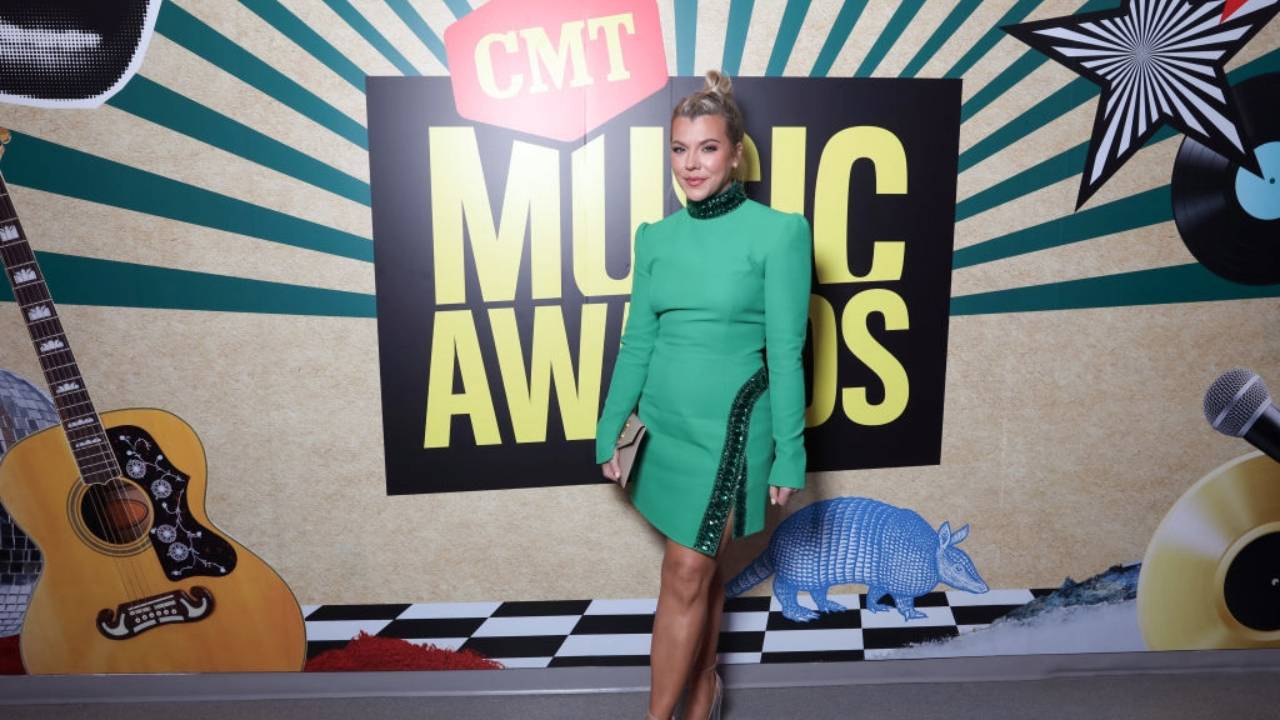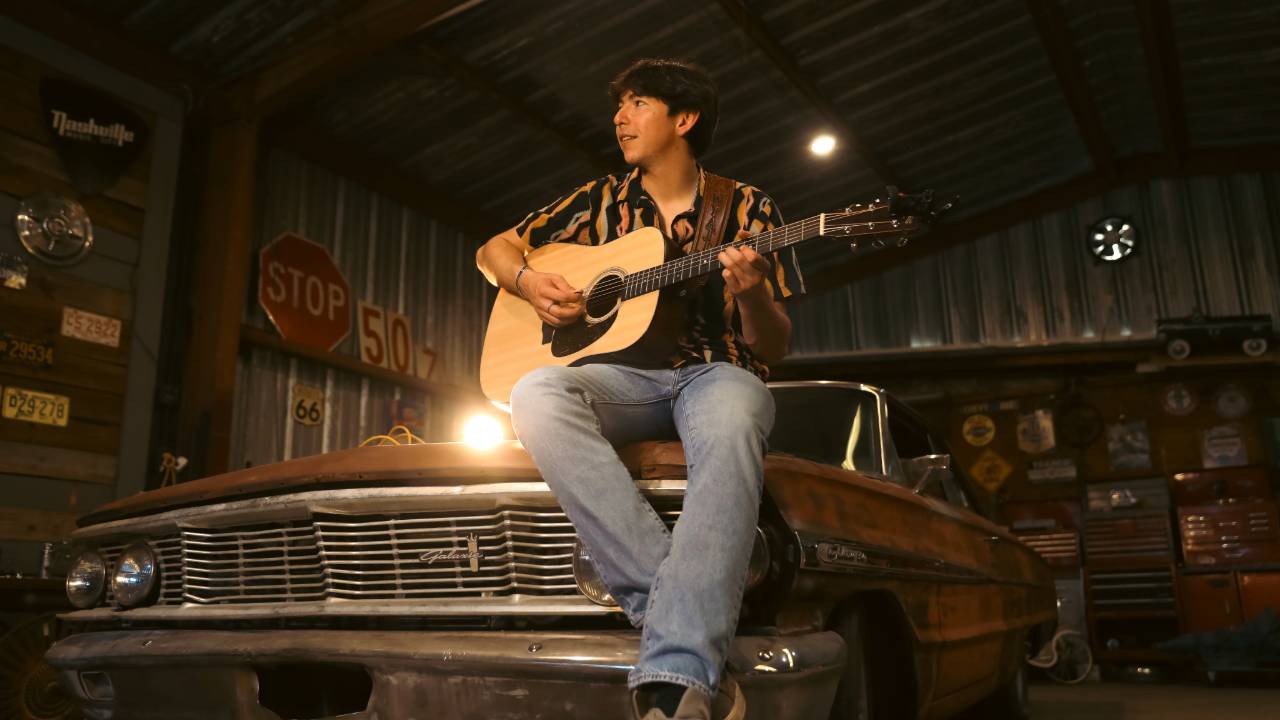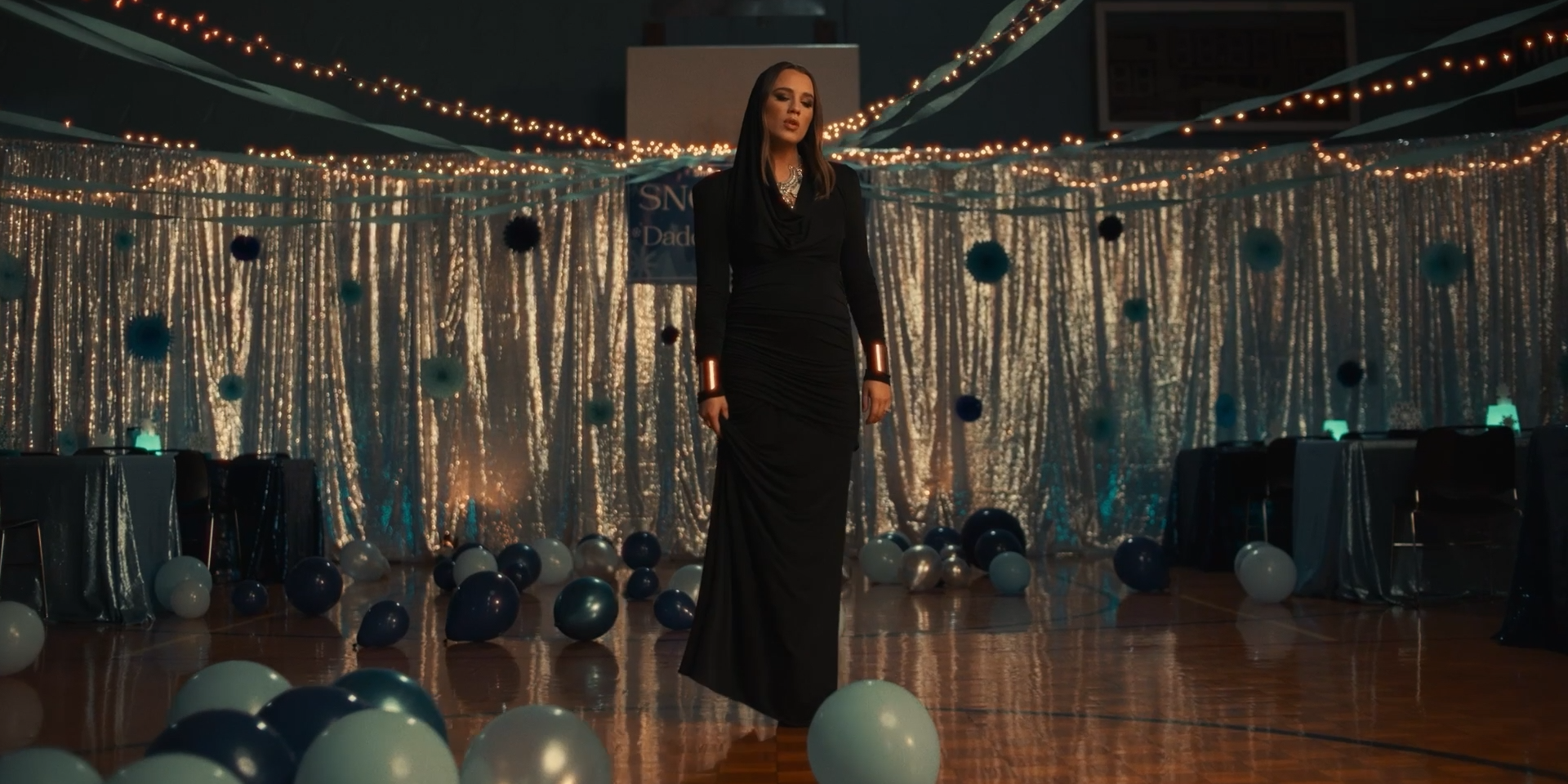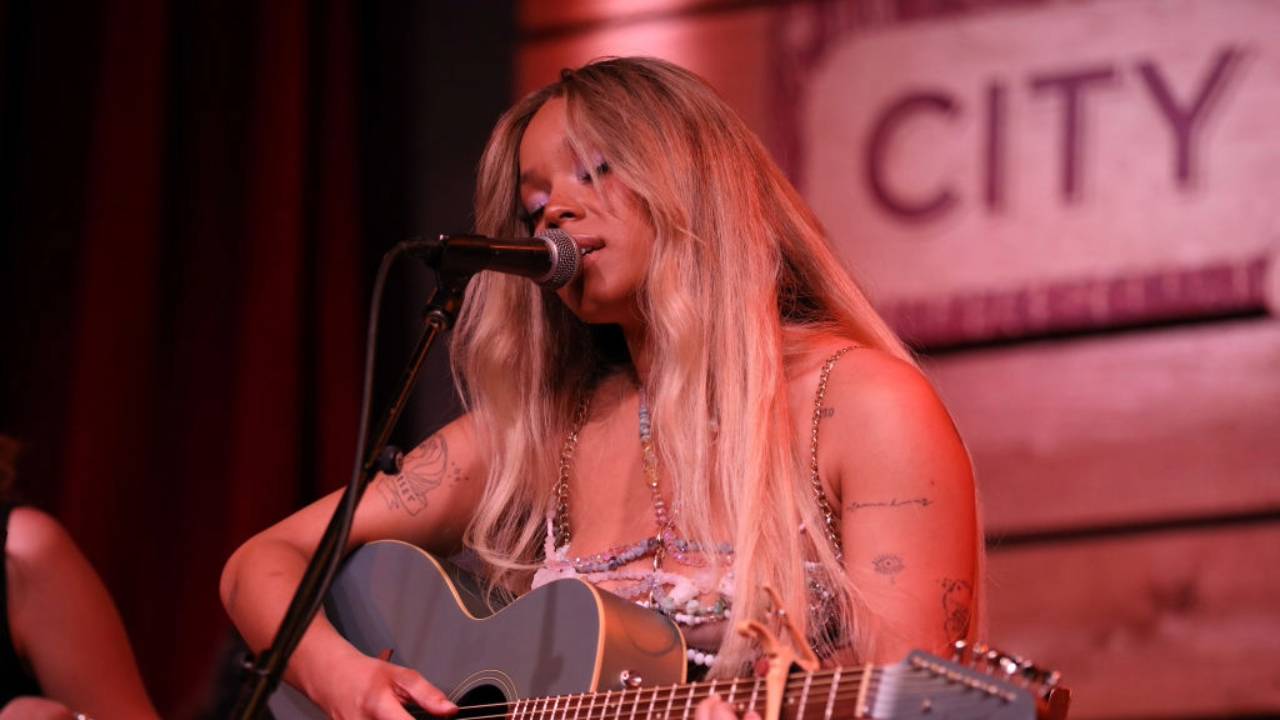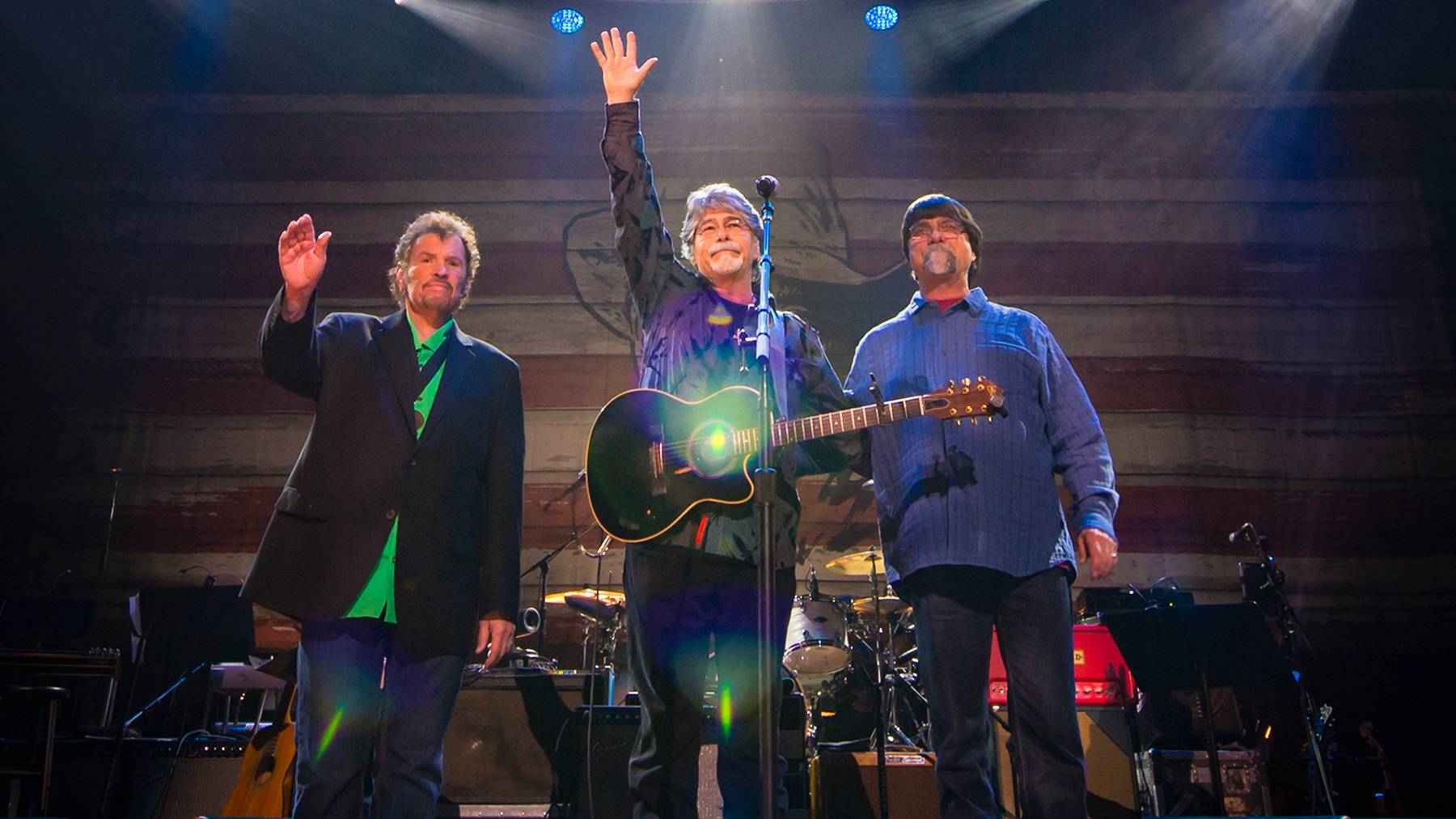Country Music Hall of Fame Opens Ray Charles Exhibit

Nashville's Country Music Hall of Fame and Museum previewed its sweeping Ray Charles exhibit Thursday night (March 9) to a large audience of music business insiders. The evening began with a lavish party in the museum's lobby, during which guests moved at their own pace to tour the exhibit upstairs.
Among the luminaries attending were Country Music Hall of Fame members Jim Foglesong and Eddy Arnold (who co-wrote two songs on Charles' groundbreaking 1962 albums, Modern Sounds in Country and Western Music) and singers "Ranger Doug" Green of Riders in the Sky, Jack Greene, Hank Locklin and Mandy Barnett.
Michael Gray, who co-curated the exhibit with Mick Buck, says representatives of Ray Charles Enterprises approached the museum more than a year ago to propose the project. In February 2005, when Gray was in Los Angeles for the Grammy ceremonies (at which he won an award for co-producing the best historical album, Night Train to Nashville), he and other museum officials met with Joe Adam, Charles' longtime manager, to discuss creating the display.
Once the two parties reached an agreement, Gray and Buck undertook the extensive research to document the project and then wrote the final copy that explains each of the artifacts. Jeff Stamper, the museum's in-house designer, provided the graphics, and Nashville's 1220 Exhibits handled the actual construction.
Titled I Can't Stop Loving You: Ray Charles and Country Music, the exhibit occupies 5,000 square feet on the museum's second floor in the same area that formerly housed the Night Train to Nashville display. It is sponsored by SunTrust banks.
Although Ray Charles Enterprises had final approval rights over the exhibit, Gray says it did not affect its quality.
"I can't think of any instances where we felt like we had to compromise the integrity of the exhibit to satisfy them," he says. "I just think they wanted -- because they were a partner on it -- to make sure we didn't have our facts wrong. I think we sent [the exhibit copy] to them one day and got their approval that afternoon."
The exhibit covers Charles' entire life -- 1930-2004 -- but emphasizes his forays into country music. Modern Sounds in Country and Western Music was important in two ways, Gray explains. It brought country music to a new and wider audience, and it was an element of harmony at a time when the civil rights movement was illustrating the disharmony between blacks and whites.
The two-volume album yielded such pop hits as "I Can't Stop Loving You," which stayed at No. 1 for five weeks, "Born to Lose," "You Don't Know Me," "You Are My Sunshine," "Take These Chains From My Heart" and "Busted." In 1984, Charles spotlighted country music again with Friendship, an album of duets that featured Willie Nelson, Johnny Cash, George Jones, Merle Haggard, Ricky Skaggs, the Oak Ridge Boys and several others. It spun off Charles and Nelson's No. 1 single, "Seven Spanish Angels." It would be Charles' only single to top the country chart.
"The first part of the exhibit deals with [Charles'] childhood and his listening to the Grand Ole Opry," Gray continues. "We talk about his musical influences of all kinds and when he made his first records for the label Downbeat -- which became Swingtime. Then we get into his Atlantic [Records] heyday. So when you come to the exhibit, you're going to hear 'What'd I Say' and 'Hit the Road Jack' and all that. But the emphasis is really on his contributions to country music. I think part of our challenge was that Ray Charles' story is so well known -- because he wrote an autobiography and because of the movie [Ray! ]. What could we bring to the table?"
As it turned out, they brought plenty. There are lots of archival videos, including clips of Charles' appearances on The Johnny Cash Show and The Glen Campbell Goodtime Hour (on which he, Campbell and the late John Hartford romp through the Hank Snow classic, "I'm Movin' On"), an appearance with Buck Owens on Hee Haw (spotlighting them singing "Crying Time" together) and Charles' last TV performance, June 4, 2003, on the CMT special, The 100 Greatest Songs of Country Music (featuring his performance of Charlie Rich's breakthrough hit, "Behind Closed Doors").
In addition, there are Charles' stage costumes and sunglasses, two of his pianos and the alto saxophone he played during most of his career and which is shown on the cover of his 1958 album, Ray Charles at Newport. Artifacts from his early life include a Braille slate used for writing letters and a photo of the Florida School for the Deaf and Blind, where he lived and studied from 1937 to 1945. The exhibit also features a chess set with recessed spaces, Don Gibson's handwritten lyrics for "I Can't Stop Loving You," the gold record for Modern Sounds that once hung on Charles' office wall and the proclamation from the state of Georgia confirming "Georgia on My Mind" as its official song, along with many rare records and posters.
The museum will host a series of activities in conjunction with the exhibit. One of Charles' biographers, Michael Lydon, has already lectured and held a book signing. On Saturday (March 11), there will be a panel discussion in the museum's Ford Theater focusing on Charles' love and respect of country music. The panelists are Adams, saxophonist Hank Crawford (who played on Charles' country sessions), Gerald Wilson (who wrote musical arrangements for songs on both Modern Sounds albums) and Vince Gill.
Following the panel discussion, Crawford will lead a jazz quartet in a program of Charles' and his own music. On Sunday (March 12) in the Ford Theater, there will be a screening of the film, Ray Charles on Voice of America (Live at the Newport Jazz Festival) .
The exhibit will remain open through Dec. 31, 2007.

